Multiple Choice
Multiple users are reporting that they are unable to access the network. The ENTIRE network is shown in the diagram. PCs are not statically assigned IP addresses. The following devices will display settings: WorkstationA WorkstationB WorkstationC WorkstationD WorkstationE WorkstationF WorkstationG Laptop1 Laptop2 DHCP server1 DHCP server2 Review the settings and select the box in the diagram that identifies the device causing the issue. Only one device can be selected at a time. After checking the device that is causing the issue, select the second tab in the lower left hand corner. Identify the reason as to why some users are unable to access the network. Instructions: When the simulation is complete, select the Done button to submit. Part 1 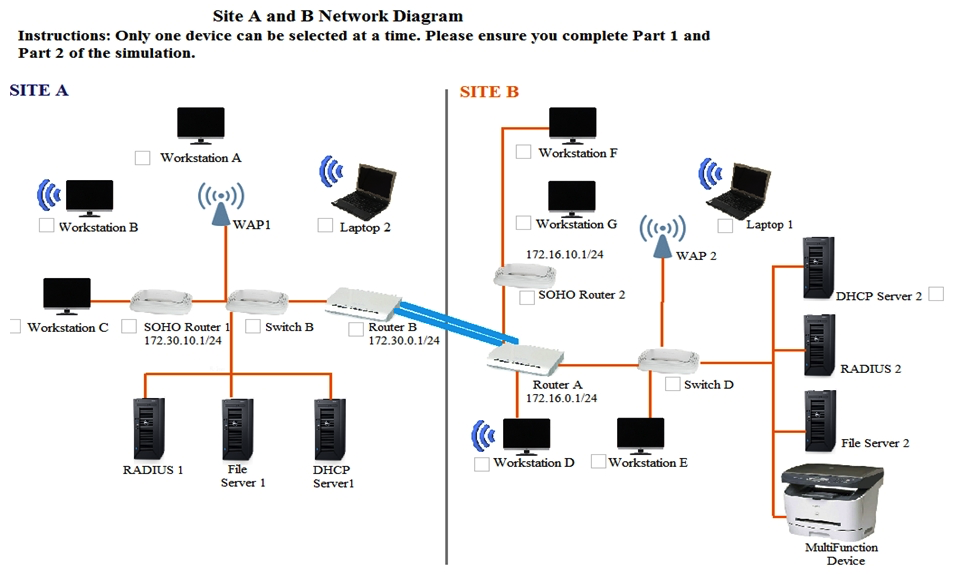


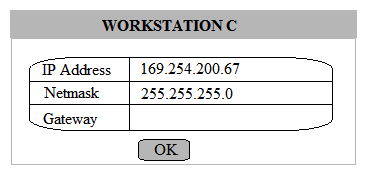
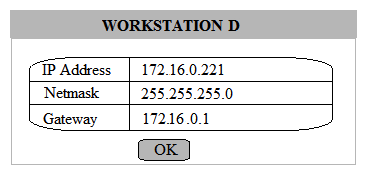
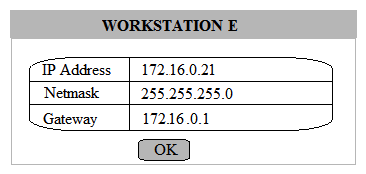
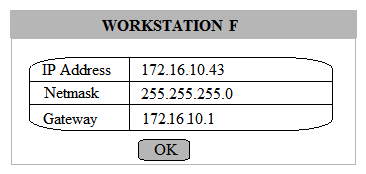
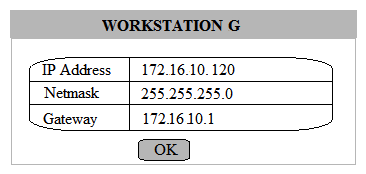
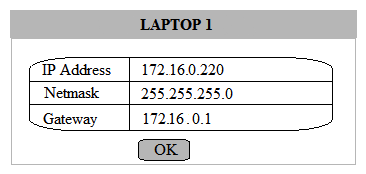
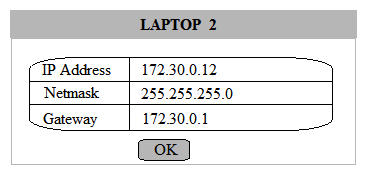

 Part 2 Identify the reason as to why some users are unable to access the network.
Part 2 Identify the reason as to why some users are unable to access the network.
A) Workstation(s) are plugged into switch ports configured with half duplex.
B) The site-to-site router was configured with the incorrect ACL.
C) DHCP server scope is full and is not providing IP addresses.
D) WAN and LAN ports are reversed on the router.
E) STP has disabled some of the ports on the switch.
F) The NIC driver is not installed.
G) A wireless client is unable to associate to the AP.
Correct Answer:

Verified
Correct Answer:
Verified
Q798: Which of the following is the LARGEST
Q799: Which of the following ports are used
Q800: Which of the following security mechanisms dynamically
Q801: Joe, a network engineer, is attempting to
Q802: Which of the following may state: "Employees
Q804: A Chief Information Officer (CIO) tasks the
Q805: Which of the following WAN technologies provides
Q806: Which of the following physical security devices
Q807: A network administrator walks into a datacenter
Q808: Before upgrading the firmware on several routers,